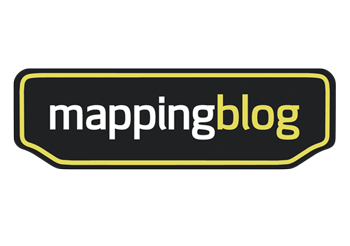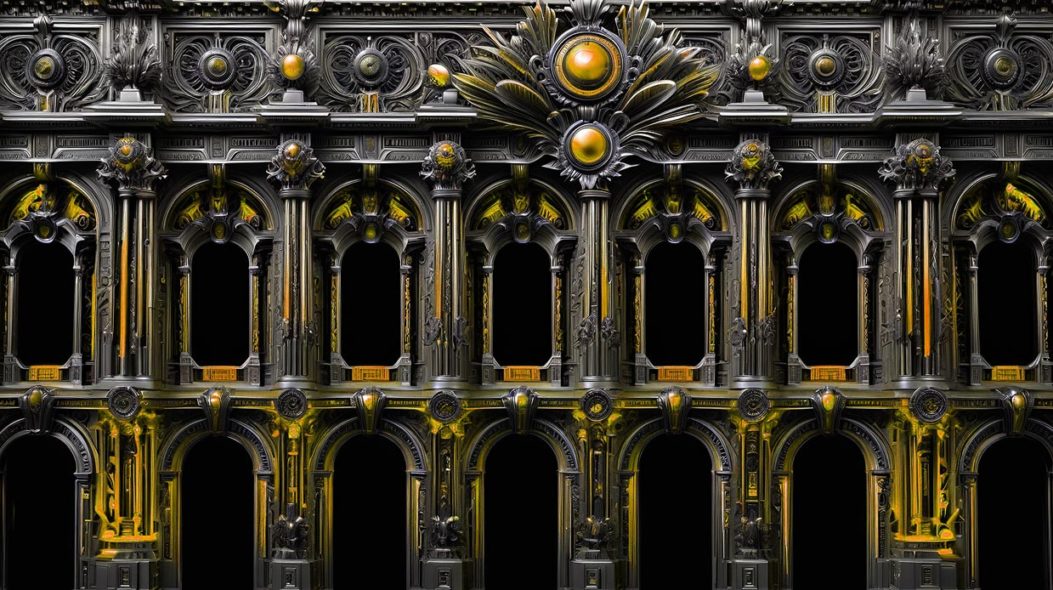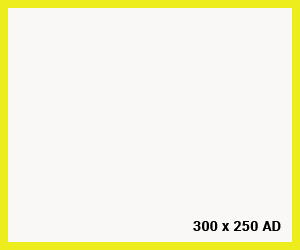Introduction to Projection Mapping
Projection mapping, also known as video mapping or spatial augmented reality, is a cutting-edge technology that allows digital content to be projected onto three-dimensional surfaces. Unlike traditional flat-screen projections, projection mapping can transform buildings, objects, and even landscapes into dynamic visual displays. This technique has been widely adopted in advertising, live events, art installations, theater productions, and immersive experiences.
At Video Mapping Blog, we help artists, designers, and businesses promote their projection mapping works. If you are a video mapping artist or a company, you can showcase your projects, links, and portfolios on VideoMapping.Blog to reach a wider audience!
How does Projection Mapping work?
The process of projection mapping involves several key steps:
- Surface Analysis – The target surface (building, object, or environment) is scanned or modeled in 3D to understand its structure and dimensions.
- Content Creation – Custom visual content is designed, keeping in mind the shape, contours, and textures of the surface.
- Projector Calibration – High-powered projectors are positioned and adjusted to align perfectly with the mapped surface.
- Software Execution – Specialized software like MadMapper, Resolume Arena, or TouchDesigner is used to synchronize and control the projection.
- Showtime – Once everything is aligned, the projection is played, transforming the static surface into a dynamic visual experience.
The Best Use Cases of Projection Mapping
Projection mapping is being used across various industries to create immersive and interactive experiences. Let’s explore some of the best cases where this technology has been successfully applied:
1. Architectural Projection Mapping
Large-scale projections on buildings and monuments have become a staple in city festivals, national celebrations, and corporate branding events. Examples include:
- Fête des Lumières (Festival of Lights) in Lyon, France – One of the most famous projection mapping festivals, transforming the city’s landmarks into living artworks.
- Sydney Opera House Light Shows – Regularly uses projection mapping to create breathtaking animated visuals.
2. Live Concerts & Music Festivals
Projection mapping enhances stage designs and creates immersive concert visuals. Notable examples:
- U2’s “Innocence + Experience” Tour – Integrated projection mapping to create interactive backgrounds.
- Tomorrowland Festival – Uses massive projection-mapped stage designs to enhance the audience’s experience.
3. Theater and Performing Arts
Projection mapping has revolutionized set design by allowing digital backdrops to change instantly, reducing the need for physical props. Some famous productions include:
- The Broadway show “Harry Potter and the Cursed Child” – Used projection mapping for seamless scene transitions and magical effects.
- Cirque du Soleil performances – Frequently integrate projection mapping to enhance storytelling.
4. Retail and Advertising
Brands use projection mapping for experiential marketing and product launches. Examples:
- Nike’s House of Innovation – Used interactive projection mapping to showcase sneaker technology.
- Audi’s 3D Car Launch in Hong Kong – Used projection mapping to present the car’s features in an immersive way.
5. Museums and Educational Exhibits
Projection mapping has transformed museum storytelling by bringing history, science, and art to life. Examples:
- Van Gogh Immersive Experiences – Uses projection mapping to animate Van Gogh’s paintings, creating an immersive journey through his works.
- Smithsonian National Museum – Uses projection mapping to recreate historical events and space explorations.
Essential Tools & Software for Projection Mapping
Several software tools help artists and designers create and execute projection mapping projects. The most widely used tools include:
1. MadMapper – One of the most popular projection mapping tools, known for its simplicity and versatility.
2. Resolume Arena – A favorite among VJs and live performers for real-time projection mapping and video effects.
3. TouchDesigner – A node-based tool that allows for interactive and real-time visual projections.
If you are a projection mapping artist or company, VideoMapping.Blog is the perfect platform to share your projects and gain industry recognition.
Projection mapping continues to push the boundaries of immersive digital experiences. As hardware and software improve, we will see even more interactive, AI-driven, and large-scale applications. Whether you are an artist, event organizer, or business looking to enhance your visual storytelling, projection mapping is a technology worth exploring.
Want to showcase your projection mapping projects? Post your works, links, and case studies on VideoMapping.Blog and connect with the global projection mapping community!




